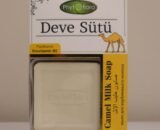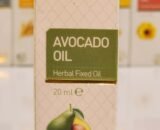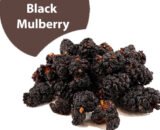DOUBLE ROASTED TURKISH DELIGHT
Certainly, here’s the information about “çifte kavrulmuş lokum” (double-roasted Turkish delight) in English:
Description:
Name: Double-Roasted Turkish Delight
Production: Double-roasted Turkish delight refers to a special version of the traditional Turkish delight or Ottoman sweet. However, if this term is specifically used for a particular brand or product, it may have its unique preparation and flavor.
Preparation:
The making of Turkish delight typically begins with a mixture of sugar and water.
This mixture is boiled until it reaches a certain temperature.
Then, starch and desired flavorings are added, and the mixture continues to boil.
When the mixture reaches the desired consistency, it is poured into a mold and allowed to cool.
Once cooled, Turkish delight is cut into cubes or slices and often coated with powdered sugar or coconut flakes.
Flavor and Usage:
Turkish delight is sweet, soft, and often has a perfume-like aroma.
Double-roasted Turkish delight is a special variety of Turkish delight that adds an extra flavor dimension.
It is traditionally served alongside coffee or tea in Turkish cuisine and is also offered on special occasions or gatherings.
Turkish delight can be made with various flavors and may include nuts such as pistachios, hazelnuts, or almonds.
Double-roasted Turkish delight is a unique type of delight, and its specific characteristics can vary depending on the brand or product. It is generally considered a luxurious and special dessert, often served on special occasions or gatherings.The nutritional values for double-roasted Turkish delight can vary based on its specific recipe and ingredients. Here are the approximate nutritional values for a typical serving of Turkish delight (about 100 grams):
Calories: Approximately 350-400 kcal
Carbohydrates: Approximately 85-90 grams
Sugars: Approximately 70-75 grams
Fat: Approximately 0-2 grams
Protein: Approximately 1-2 grams
Dietary Fiber: Approximately 0-2 grams
Please note that these values are approximate and can vary significantly depending on the specific ingredients used, including the type of sugar, flavorings, and any added nuts or other fillings. Turkish delight is known for its high sugar content, making it a sweet and indulgent treat. It is typically enjoyed in small portions as a dessert or confectionery.













Customer reviews
Reviews
There are no reviews yet.
Write a customer review